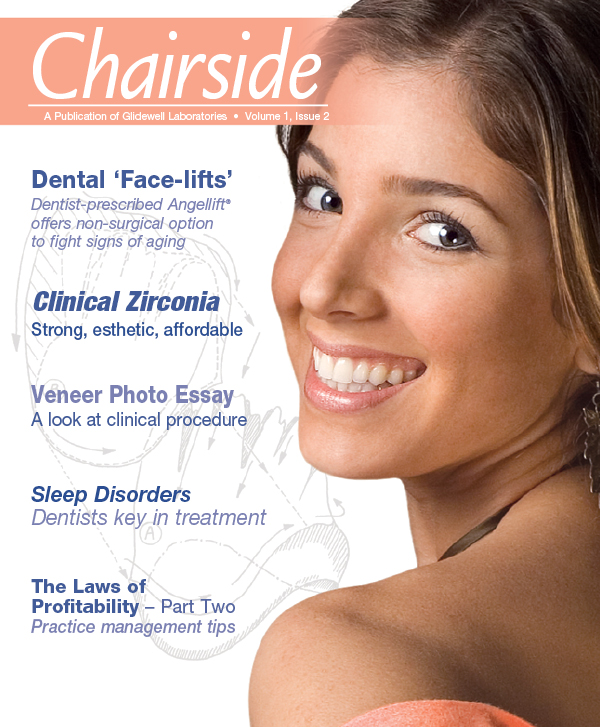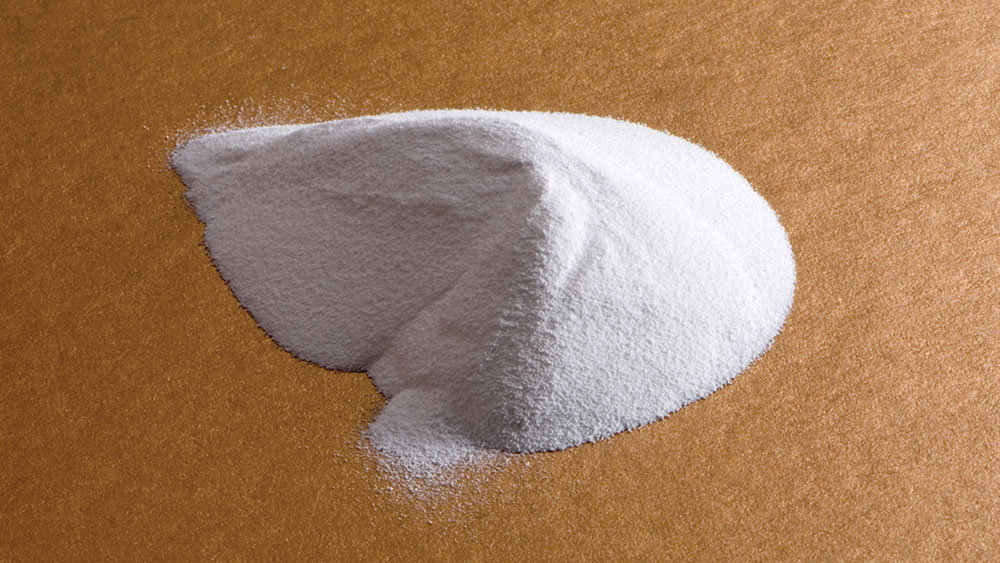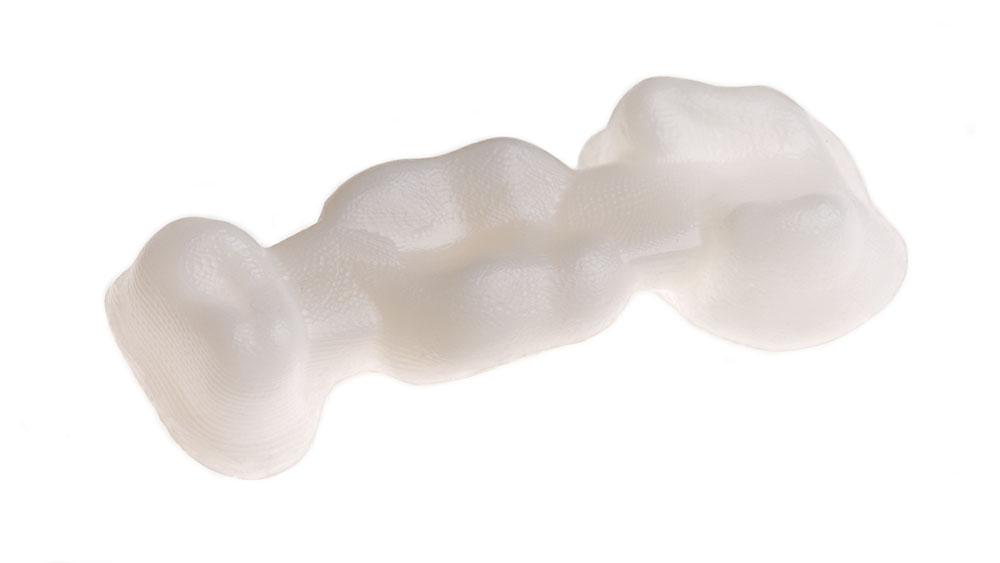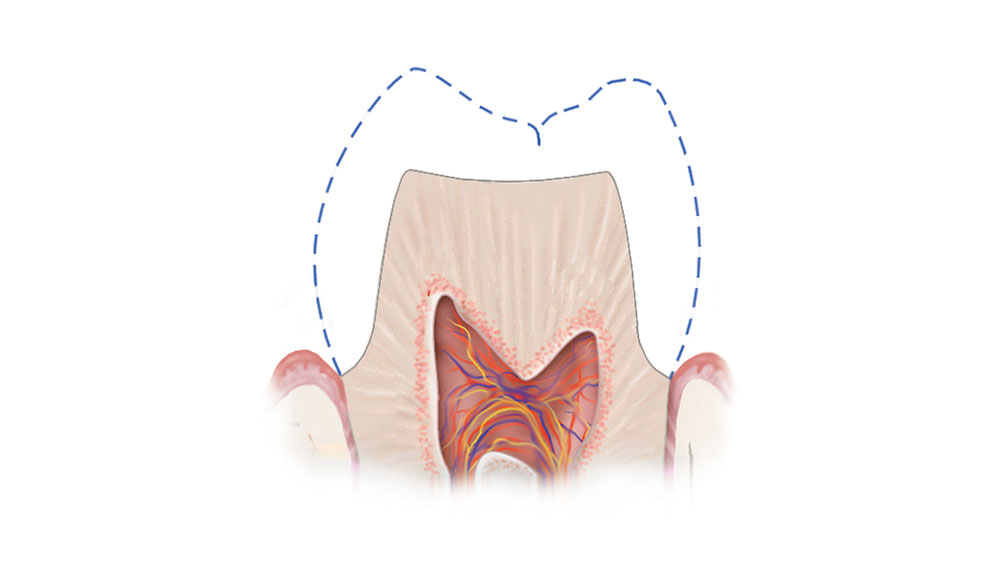The Benefits of Bilayered Clinical Zirconia
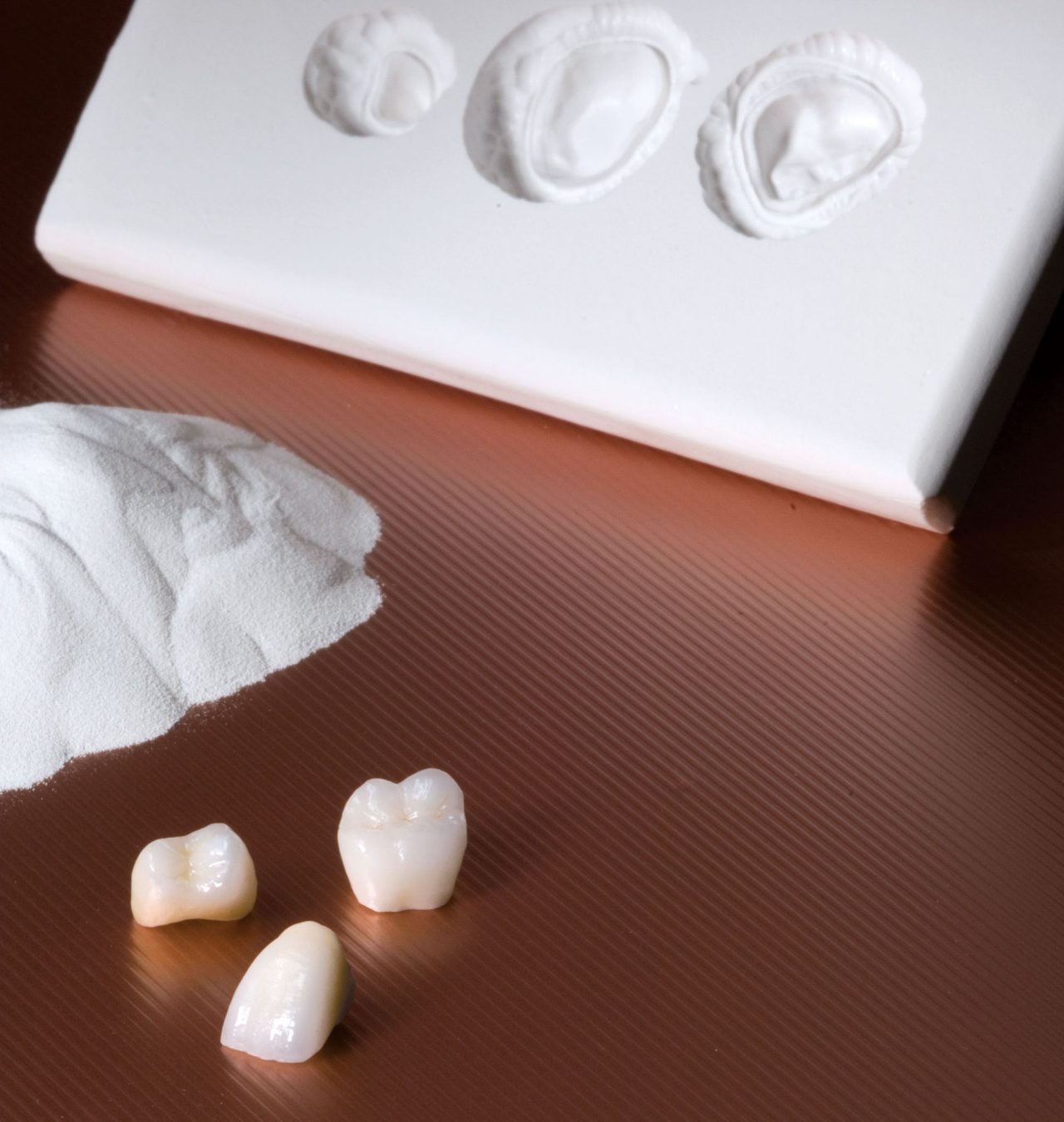
The search for a high-strength, esthetic, biocompatible metal-free material that could be used for multi-unit frameworks and single-unit restorations has been the focus of many R&D efforts during the last decade. Some dentists have wanted these materials to avoid the use of metals in the mouth, while others have just wanted to provide the most esthetic restoration possible. Several materials have attempted to meet these needs, yet have fallen short of expectations. Laboratory tests have shown that the fracture toughness and flexural strength of zirconia are significantly higher than that of alumina or any other esthetic ceramic. Prismatik Clinical Zirconia (CZ)™ is the material used to fabricate zirconia understructures in the Glidewell Digital Manufacturing center. These CZ restorations meet or exceed the physical and esthetic properties of other current zirconia systems, while representing the best value in high-strength all-ceramic restorations.
Zirconia as a Biomaterial
Zirconia (zirconium oxide, ZrO2) is a highly stable ceramic oxide typically used in industrial applications requiring high strength and stability, and zirconia has a history as a biomaterial dating back to the 1970s. It is used in implants and other non-dental applications extensively, and is currently the material of choice for use in total hip replacements. Hip replacements parallel dental applications in that they are both load-bearing situations with proximity to vascular and osseous tissue. They are also both applications that experience wear. The major supplier of high-grade zirconia products to nearly all of the medical and dental manufacturers is the Tosoh Corporation (Tokyo, Japan), which is where we purchase our zirconia powders as well. When it arrives in our Digital Manufacturing Center, it is placed in an isostatic pressing machine and pressed into millable ingots at extreme pressure. We scan the model of your preparation, digitally design your final restoration, mill the zirconia coping, and then press or stack the ceramic veneering material in the shade of your choice onto the coping.
Zirconia and Transformational Toughening
Zirconia is unique among dental ceramics in that it exhibits a physical property called transformational toughening (strengthening). Through the use of additives, such as yttrium oxide, zirconia can be made in the tetragonal crystal structure at room temperature. When an external energy source, such as the stress at the tip of a crack, is applied to the material, it goes through an instantaneous phase transformation to a monoclinic crystal structure. This monoclinic form of zirconia crystal is about 4% larger in volume than the tetragonal form. At the microscopic tip of the crack, this expansion upon transformation acts to clamp the crack shut, thus resisting crack propagation. This process of actively resisting crack growth is of great importance in fatigue situations, such as those caused by chewing forces on a restoration. Prismatik CZ exhibits transformational toughening and is made from a yttrium oxide stabilized zirconia. Due to this strength, anterior crown copings can be manufactured as thin as 0.3 millimeters. At this dimension, the copings have a beautiful, pearlescent translucency that allows natural light to reach the preparation, much like a natural tooth.
Indications and Preparation Guidelines
CZ is indicated for the fabrication of anterior and posterior single-unit crowns, and 3-unit bridges in the anterior and posterior. CZ is not currently indicated for long-span bridges, cantilever bridges or Maryland bridges; a PFM bridge is still indicated in those situations. The CZ preparation is accomplished in accordance with the general principles common to most all-ceramic systems. Standard all-ceramic modified shoulder margins (accomplished with burs containing the KR designation) or chamfer margins 1 mm deep are both acceptable. Proximal reduction of 1.5 mm is ideal, as is 1.5 mm to 2.0 mm of occlusal reduction. The taper of the final preparation should be 6 to 8 degrees and undercuts are undesirable, although these can be addressed in the lab if necessary.
Reasons to Prescribe Prismatik CZ
In conclusion, here is what I believe are the reasons you may want to prescribe Prismatik CZ. For anterior restorations on esthetically demanding patients, Prismatik CZ has no metal to show through the ceramic or at the gingival as unsightly black lines. With Prismatik CZ, there is no significant change to your usual preparation or cementation procedures. Because it is cementable, it is also a great choice for esthetic restorations you don’t want to bond due to postoperative sensitivity concerns. Prescribing Prismatik CZ ensures you of high strength, biocompatibility and natural esthetics for your cementable all-ceramics.

